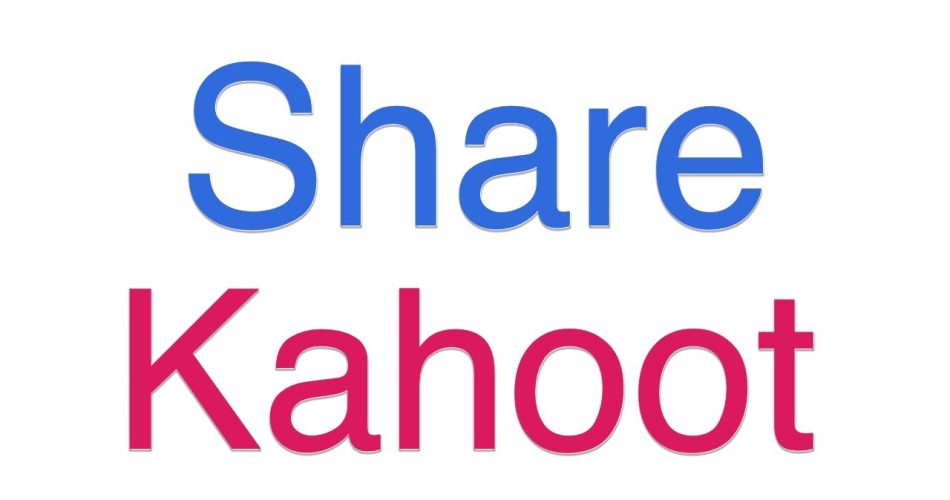Are you looking for an engaging way to teach your colleagues, friends, or students? Kahoot can help you do just that!
In this article, we will guide you through easy ways to distribute Kahoot and the best practices for sharing. By following these simple steps, anyone can unlock the fun of interactive learning.
Key Takeaways:
- Sharing a Kahoot is an effective way to engage colleagues, friends, and students in interactive learning.
- Following a step-by-step guide can help even beginners share their Kahoot creations easily.
- Best practices for sharing Kahoots include creating engaging content and maximising participation.
- Start sharing your Kahoots now and watch the excitement unfold!
Why Share Kahoots?
Sharing Kahoots is not only a fun way to get everyone involved in the learning experience, but it can also be incredibly beneficial. By sharing Kahoots, you can engage colleagues, friends, and students in interactive learning that is both fun and informative. It’s the perfect way to keep everyone interested and invested in the topic at hand.
With kahoot sharing tips, you can find effective methods for sharing Kahoots with friends and colleagues. Whether you’re sharing a Kahoot with a large group or small team, the benefits are endless. And with so many different ways to share, it’s easy to find the best method for your unique needs.
So, if you’re looking for a fun and engaging way to enhance the learning experience, consider sharing a Kahoot with your friends, colleagues, or students. It’s effective, enjoyable, and sure to spark everyone’s interest!
How to Share a Kahoot
Sharing your Kahoot creation is easy, and there are several quick ways to do it. Here’s a step-by-step guide for sharing your Kahoot online:
- Log in to your Kahoot account and select the Kahoot you want to share.
- Click the “Share” button located at the bottom right of the screen.
- Select the platform on which you want to share your Kahoot.
- Choose whether you want to share the Kahoot publicly or with specific people.
- Follow the prompts to complete the sharing process.
Another quick way to share your Kahoot is by sending the link to your Kahoot through email or messaging apps. You can do this by copying the Kahoot link from the “Share” menu and pasting it into an email or message.
Make sure to share your Kahoot with students, colleagues, and friends who will benefit from and enjoy the interactive learning experience. Sharing your Kahoot online is a great way to engage with your audience and promote interactive learning.
Best Practices for Sharing Kahoots
Sharing Kahoots is an incredibly impactful way to engage and interact with your audience. Here are some best practices for sharing Kahoots:
- Create an engaging title for your Kahoot
- Include high-quality images and videos to increase interest
- Make sure your Kahoot is accessible and easy to navigate for all participants
- Add relevant and meaningful questions – too many or too few can hinder an optimal experience
- Encourage open discussions and feedback post-Kahoot to improve future engagements and learnings
By following these best practices, you can guarantee an enjoyable experience for all involved and maximize engagement opportunities. Start implementing them with your future Kahoot creations and watch the magic unfold!
FAQ
How do I share a Kahoot with others?
To share a Kahoot with others, follow these steps:
1. Sign in to your Kahoot account.
2. Go to your Kahoot creator dashboard.
3. Select the Kahoot you want to share.
4. Click on the “Play” button to launch the Kahoot.
5. In the game lobby, click on the “Share” button.
6. Choose your preferred sharing option, such as sharing via email, a direct link, or on social media platforms.
7. Customize the sharing settings if necessary.
8. Share the Kahoot with your desired audience by sending the link or inviting them via email or social media.
Why should I share Kahoots with others?
Sharing Kahoots can be a fun and effective way to engage and collaborate with others. It allows you to enhance the learning experience and make it more interactive. By sharing Kahoots with friends, colleagues, or students, you can promote active participation, encourage friendly competition, and generate excitement around educational content.
What are the best practices for sharing Kahoots?
Here are some best practices for sharing Kahoots:
1. Keep the Kahoots engaging and interactive by including diverse question types, images, and videos.
2. Customize the Kahoot to suit your audience’s interests, knowledge level, and learning objectives.
3. Encourage collaboration and teamwork by sharing the Kahoot in group settings.
4. Share the Kahoot at the right time, considering the availability and attention of your audience.
5. Ask for feedback and suggestions from your participants to improve future Kahoots.
6. Maximize participation by promoting the Kahoot on relevant platforms and encouraging others to share it.
How do I distribute Kahoots online?
To distribute Kahoots online, you can use various methods:
1. Share the Kahoot link via email with your desired recipients.
2. Post the Kahoot link on your website or blog.
3. Share the Kahoot link on social media platforms like Facebook, Twitter, or LinkedIn.
4. Embed the Kahoot in a learning management system (LMS) or online teaching platform.
5. Utilize the Kahoot app by sharing the game PIN with participants to join from their own devices.
Choose the method that best suits your audience and distribution goals.
Conclusion
In conclusion, sharing a Kahoot is a great way to engage colleagues, friends, and students in interactive learning. By following the step-by-step guide and implementing the best practices, you can unlock the full potential of Kahoot and create an enjoyable learning experience for everyone involved. Start sharing your Kahoots now and watch the excitement unfold!
